Maxx85 - Working In STEM

More Posts from Maxx85 and Others
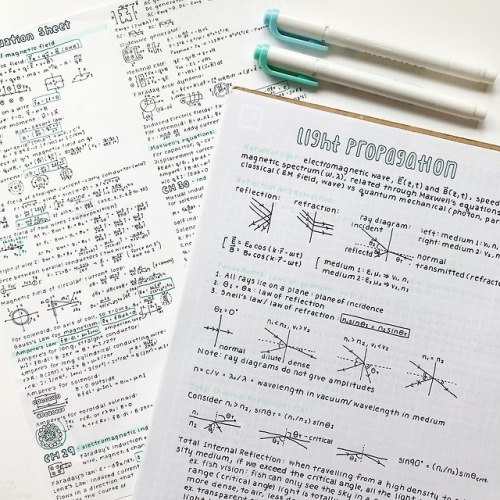
Had a physics midterm today, so here are some physics notes :-) Have a great day!
instagram: https://www.instagram.com/lentilstudies/
Exploring an Asteroid Without Leaving Earth
This 45 day mission – which began May 5, 2018 and ends today, June 18 – will help our researchers learn how isolation and close quarters affect individual and group behavior. This study at our Johnson Space Center prepares us for long duration space missions, like a trip to an asteroid or even to Mars.

The Human Research Exploration Analog (HERA) that the crew members will be living in is one compact, science-making house. But unlike in a normal house, these inhabitants won’t go outside for 45 days. Their communication with the rest of planet Earth will also be very limited, and they won’t have any access to internet. So no checking social media, kids!
The only people they will talk with regularly are mission control and each other.

The HERA XVII crew is made up of 2 men and 2 women, selected from the Johnson Space Center Test Subject Screening (TSS) pool. The crew member selection process is based on a number of criteria, including criteria similar to what is used for astronaut selection. The four would-be astronauts are:
William Daniels
Chiemi Heil
Eleanor Morgan
Michael Pecaut

What will they be doing?
The crew are going on a simulated journey to an asteroid, a 715-day journey that we compress into 45 days. They will fly their simulated exploration vehicle around the asteroid once they arrive, conducting several site surveys before 2 of the crew members will participate in a series of virtual reality spacewalks.

They will also be participating in a suite of research investigations and will also engage in a wide range of operational and science activities, such as growing and analyzing plants and brine shrimp, maintaining and “operating” an important life support system, exercising on a stationary bicycle or using free weights, and sharpening their skills with a robotic arm simulation.

During the whole mission, they will consume food produced by the Johnson Space Center Food Lab – the same food that the astronauts enjoy on the International Space Station – which means that it needs to be rehydrated or warmed in a warming oven.
This simulation means that even when communicating with mission control, there will be a delay on all communications ranging from 1 to 5 minutes each way.
A few other details:
The crew follows a timeline that is similar to one used for the space station crew.
They work 16 hours a day, Monday through Friday. This includes time for daily planning, conferences, meals and exercise.
Mission: May 5 - June 18, 2018

But beware! While we do all we can to avoid crises during missions, crews need to be able to respond in the event of an emergency. The HERA crew will conduct a couple of emergency scenario simulations, including one that will require them to respond to a decrease in cabin pressure, potentially finding and repairing a leak in their spacecraft.
Throughout the mission, researchers will gather information about living in confinement, teamwork, team cohesion, mood, performance and overall well-being. The crew members will be tracked by numerous devices that each capture different types of data.
Learn more about the HERA mission HERE.
Explore the HERA habitat via 360-degree videos HERE.
Make sure to follow us on Tumblr for your regular dose of space: http://nasa.tumblr.com
Tips for Improving your Focus
1. Set yourself some goals at the start of the day – and make sure they are goals that are reasonable. Then check off each item, and keep going till the end.
2. Make sure you take plenty of regular breaks as these will increase your productivity. We can focus for around 20 minutes at a time - and then we need to get up and walk around.
3. Break larger tasks into lots of smaller tasks. That way you will receive constant reinforcement for making some progress, and finishing some tasks.
4. Use offline tools such as paper and pen as they make it easier to stick with the plan and to not get distracted by online stuff.
5. Notice the times when you tend to feel tired - then plan your breaks for around those times.
6. Give yourself some deadlines as these focus the mind, and give us something concrete to work towards.
math aid
OK SO in the days leading up to the biggest maths exam I’ve ever written (also my 4th last one ever ) i’ve found this website. now, symbolab is different to mathaway and wolfram alpha (which are both great!) in that it shows you all the steps and it doesn’t do that thing where it’s “free” but if you want the explanation you have to sign up and pay. it’s AMAZING. know why?

it does everything. not baby everything, but everything. Calculus?

what’re you looking for?
also, the interface is really easy to use, and it’s set out so well.

the website is https://www.symbolab.com and you will not be disappointed.
I know some of y'all aren’t ok but still gotta study for their stuff so
Its ok, just take it easy my friend.Take a min when you need one. Don’t forget to rest. No pushing yourself too hard, you are already proving that you are trying your best by still studying. 😊
And take care of yourself, boo.💟
you’re working in a field you genuinely enjoy. you have supportive, loving friends. you follow your passions, you’re fluent in your target languages. the 12 new books you ordered will arrive soon. your flat is cozy, decorated with plants and fairy lights. you’re happy. this might seem like some fantasty, but i know this will happen. i believe in you, and you should as well.
“The conception of objective reality … has thus evaporated … into the transparent clarity of mathematics that represents no longer the behavior of particles but rather our knowledge of this behavior”
— Werner Heisenberg, on the role of measurements in quantum mechanics
How to get over past mistakes
1. Remind yourself that everyone makes mistakes, does things wrongs, and has moments of regret. There are no perfect people out there. In that sense, you are just the same as everybody else.
2. Remind yourself that “that was then, and this is now”. You can’t turn back the clocks and change what you did, but you can be a different person in the future.
3. Allow yourself to experience and name the feelings you are struggling with (regret, guilt, shame, disappointment, embarrassment, sadness, etc.) – then make the decision to let those feelings go. In the end, it’s unhealthy to become attached to them.
4. Ask yourself what you can learn from the situation. What would you do differently if you found yourself in that situation again? How can it change the person you are now (so that you feel better about yourself)?
5. Recognise that failings and mistakes are part of the growth process. It’s inevitable that you’ll encounter obstacles, challenges and failures throughout life. Don’t let that stop you from embracing life.
6. Remind yourself that “it was what you did, it’s not who you are.” Don’t allow any single event or experience to define you. You are more than what you did – so don’t allow part of your past to now become your identity. Don’t let it determine your destiny.
7. Give yourself the gift of a new start. Forgive yourself, decide to start again, and move on with your life with a fresh confidence.
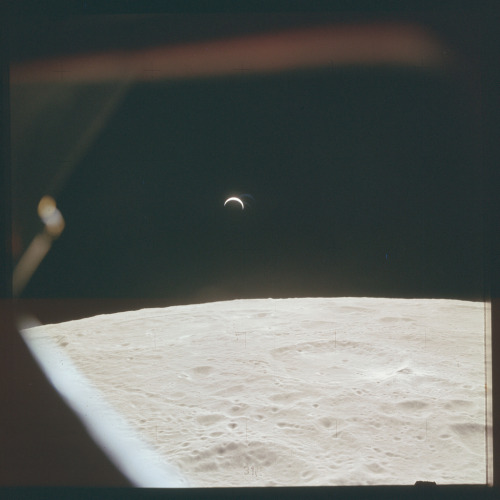

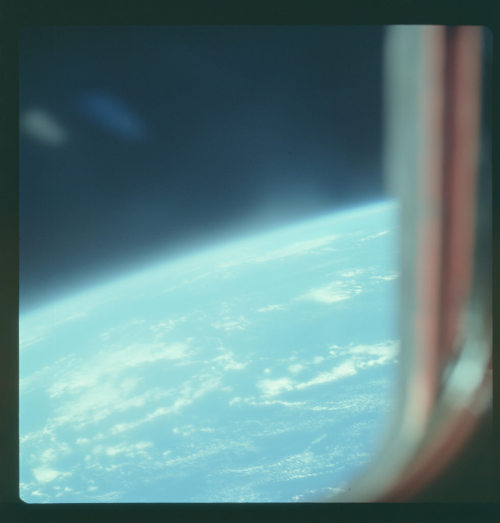
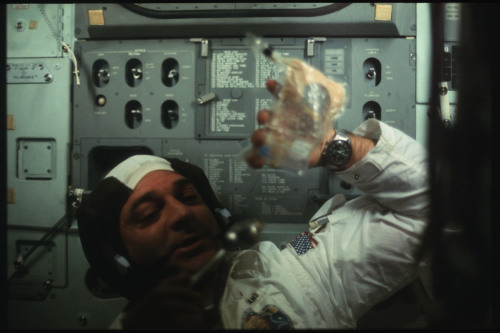
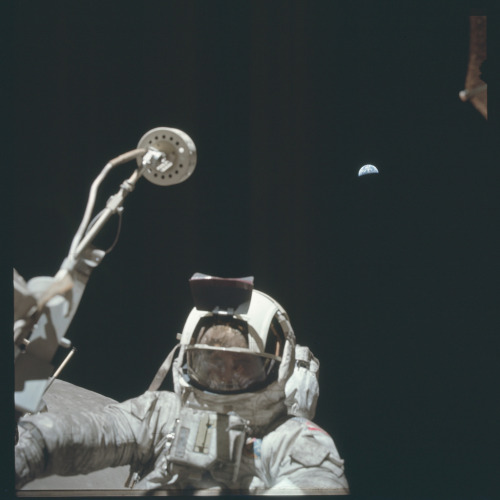

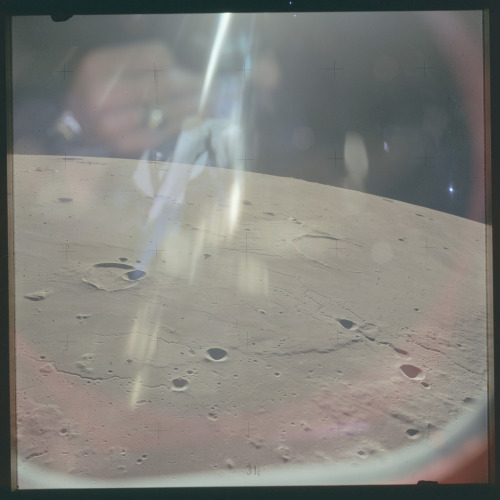
Every Photo From NASA’s Apollo Missions Are Now on Flickr
The Project Apollo Archive uploaded more than 8,400 high-resolution images the astronauts took during NASA’s Apollo Missions of the 1960s and 70s. The collection includes every photo shot with the Hasselblad cameras on the lunar surface, from Earth and lunar orbit, as well as during the journey between the two. All the photos are unprocessed versions of the original scans.

“As the centuries unfold, millions of artists will live on the moon and paint the moon and Mars as we go out into the universe.”
Today we remember the fourth man to walk on the moon. Astronaut Alan Bean passed away in Houston, at the age of 86.
Bean was the lunar module pilot for Apollo 12 in November 1969, and was commander of Skylab 3 in June 1973. He retired from NASA in 1981 to devote his time to painting.
-
 tribbeslikesu-blog liked this · 6 years ago
tribbeslikesu-blog liked this · 6 years ago -
 maxx85 reblogged this · 6 years ago
maxx85 reblogged this · 6 years ago -
 mr2cool4school liked this · 6 years ago
mr2cool4school liked this · 6 years ago -
 featheredcritter liked this · 6 years ago
featheredcritter liked this · 6 years ago -
 sciencetechspace reblogged this · 6 years ago
sciencetechspace reblogged this · 6 years ago